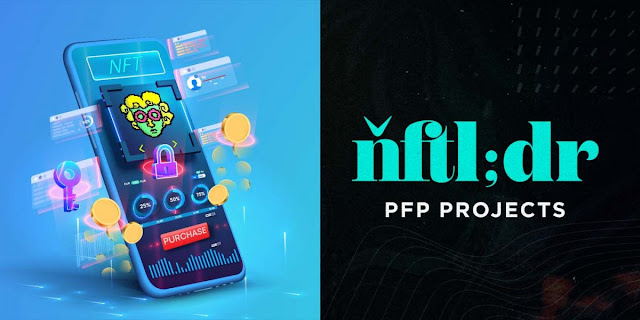Before you can purchase NFTs or crypto currency You'll require a place to keep the digital assets you purchase -that's i.e the crypto wallet. It is tangible device (or computer) that permits you to manage and store digital assets. When you set up an account in a crypto wallet, it creates a set of words, referred to as"seed phrase" or "seed phrase" or "recovery phrase." The wallet makes use of the seed to generate personal keys. These are in essence passwords that permit you to gain access to and control your investments.
Do not give your seed words or private keys with anyone else, or they'll have the ability to gain access to your online assets. Crypto wallets are like an account manager for passwords on those assets. Your seed phrase acts as the master password of your wallet. If you decide to delete your crypto currency wallet, you are able to make it new and gain access to everything within it using the seed word. However, if you forget or lose the phrase you used to create your initial seed, you'll lose the access to your account, as well as all your assets for ever.
There are two kinds of crypto wallets that are available: hardware (hot) wallets as well as hardware (cold) wallets.
A wallet that is software can be described as an app that is downloaded then installed to your computer or mobile gadget. Most popular wallets include Meta Mask, Wallet Connect, and Rainbow Wallet. They are generally easier to use than physical wallets since the private keys are saved on the internet, and the wallet remains linked to the web. Most marketplaces require you make use of a digital wallet for transactions, however they are more vulnerable to attack and are more easy to hack than traditional wallets.
The term "hardware wallet" refers to a device that is similar to the USB drive, but it can only store cryptocurrency assets. Examples of this include Ledger and Trezor. To access the data stored in this wallet, you must physically connect it to your computer. The digital information you store will be saved in the device and not in servers online. Since these wallets are disconnected from the internet the assets they store are regarded to be "cold storage" and are significantly more secure than those stored in software wallets.
Even when the hardware wallets are connected, the data kept in the device are almost impossible to take. The reason is that transactions are performed using your private keys stored on the device and then transmitted to the network using Internet connections. Since your private keys will never depart your computer, malicious software is unable to get the data needed to fake a transaction.

Comments
Post a Comment